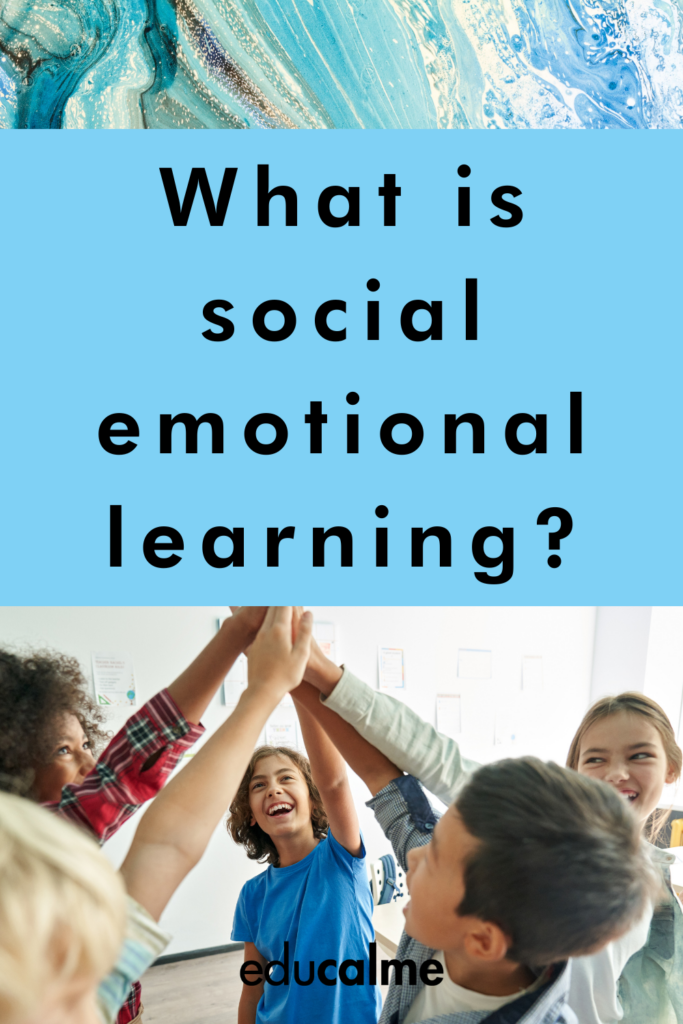Social and emotional learning (SEL) is a process through which students develop social and emotional skills, attitudes, and behaviors. These help them to understand and manage their emotions, establish positive relationships, and make responsible decisions. SEL activities are designed to promote student well-being, improve academic performance, and foster a positive classroom culture. In this article, we’ll explore the importance of social and emotional learning, the components of the SEL curriculum, and strategies for incorporating SEL activities into your teaching plan.
Research has shown that social and emotional learning can have a positive impact on student academic performance and social development. By focusing on social emotional learning activities, educators can help students to develop the emotional regulation skills that are necessary for success in and out of the classroom. Plus, a social emotional learning curriculum can also provide students with the tools they need to build positive relationships with others, manage stress, and develop a strong sense of self-awareness.

The SEL curriculum typically includes four main components:
Here are some strategies for incorporating SEL activities into your teaching plan:
Lastly, incorporating social emotional learning activities into your teaching plan can help to promote student well-being, improve academic performance, and foster a positive classroom culture. Educalme provides free resources for teachers. These include a ready-to-use SEL curriculum and classroom activities for students. So, check out their website for more information on how to incorporate SEL into your teaching plan and support student well-being.
